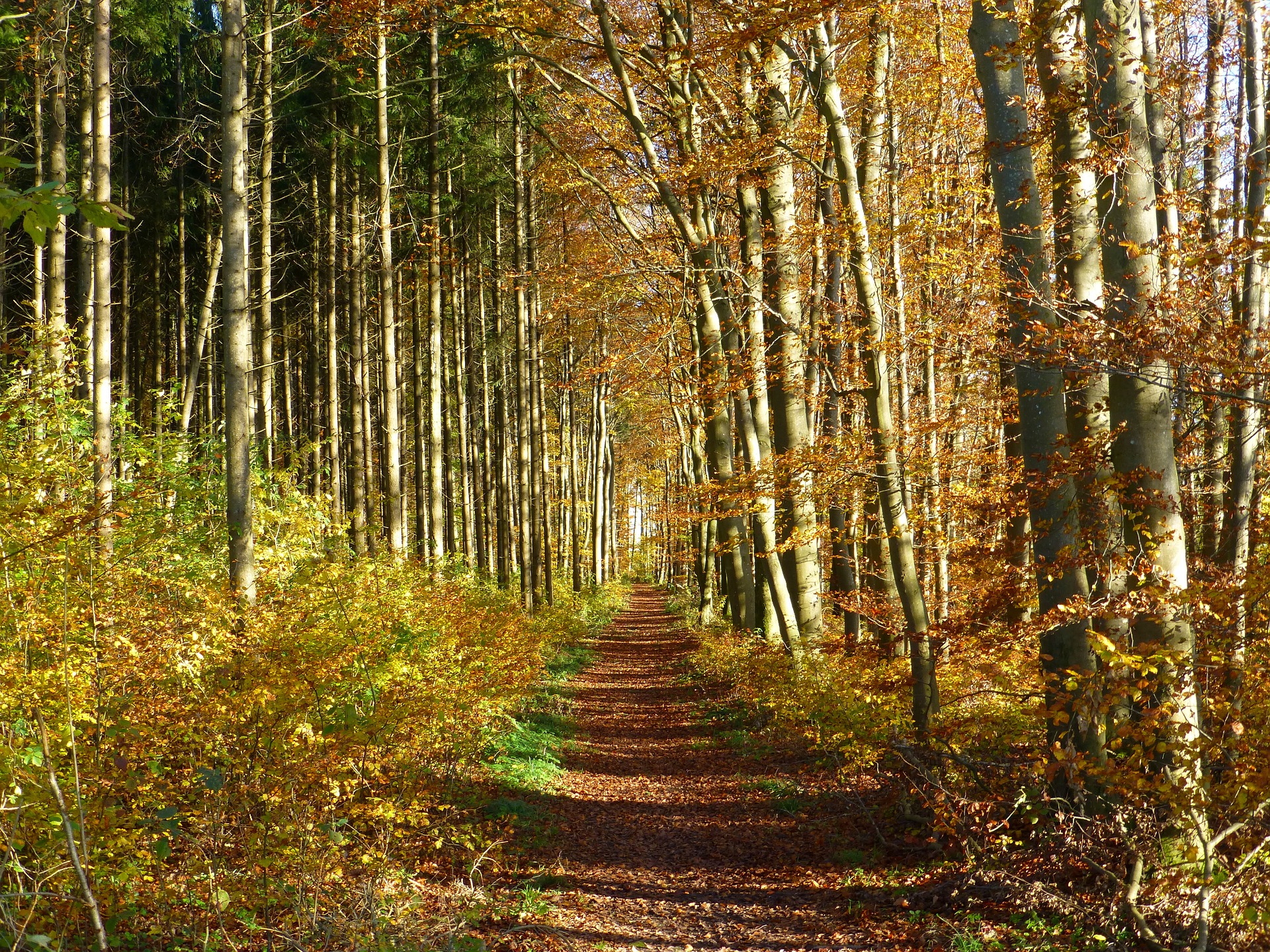
Walking therapy: what is it, why do we do it?
“walking is exploring the mystery of presence” -Frederic Gros
“the journey of a thousand miles begins with a single step” -Lao Tzu
“I only went out for a walk and finally concluded to stay out till sundown, for going out, I found, was really going in” -John Muir
The formula for talking therapy is a similar one across many different modalities. Whether the client is offered cognitive behavioural therapy, person centred or psychodynamic therapy, the client sits more of less opposite the therapist in various rooms or offices (such as school classrooms, rooms in GP surgeries, spa-like therapy centres and so on). It’s a sitting down practice, and quite a cognitive one, too.
But there is a growing recognition that clients can be offered more; they often do not want to go from an artificially lit office with their heads full of work into yet another one, inevitably inhabiting the same sense of cognitive, stuffy bias. So, since 2017 I have offered clients the opportunity of engaging in walking-as well as talking-therapy.
This is not so new. Freud would walk with his clients around the Ringstrasse in Vienna, literally walking the talking. Clay Cockrell, founder of Walk and Talk therapy in New York sees around 40 clients a week in Central Park. Jonathan Hoban has published a book Walk with Your Wolf (2019) about just this[1]. Duval[2] in a research paper suggests that walking creates improvements in both mood and attentional functioning; Morgan et al sum up the psychological and relational benefits of walking neatly in their research paper called Walking Towards a New Me[3]. Miyazaki’s book Shinrin-yoku: the Japanese way of forest bathing supplies us with solid evidence of walking in his chapter the science behind nature therapy[4].
It’s catching on.
I first experimented with this in 2011 when I undertook the Studies in Mindfulness post graduate diploma through Aberdeen University; as well as an exploration of Buddhist psychology and the neuroscience of compassion, mindful walking was included as a foundational practice in the programme, and after reflecting on the impact on me-lowered blood pressure, less stress, improved mood and a general feeling of being more friendly to myself (a new me!)-I began to focus on it as a core mindfulness practice whilst training others, and then I brought it into the therapeutic space.
I found myself inspired by the poetry of walking, heeding Mary Oliver’s words in Wild Geese: “You do not have to walk on your knees/for a hundred miles through the desert, repenting./You only have to let the soft animal of your body/love what it loves” or Rilke, who writes in A Walk “we are grasped by what we cannot grasp” as particularly redolent of an embodied connection that can be found in walking the talking. These things are not always so noticeable in sitting therapy; when walking, clients appear to achieve insights which are more poetic, expressive and at times more flowing. The person centred therapist Nick Totten[5] writes of the experience of the liminal self that is experienced when we lean in to the threshold of our wilder side; I would suggest that this is akin to Rachel Corby’s notion of rewilding ourselves[6] and Mark Colemans[7] concept of “uniting our inner and outer wilderness.” It is finding our whole self, a self that we have, at times, lost in our busy living, step by step.
I have had feedback from clients that walking therapy works particularly well in helping to treat stress, anxiety, depression and furthermore enables the client to achieve what the neuropsychologist Rick Hanson[8] calls “installation” or a more fully embodied experience and understanding of their situations and history, as opposed to a purely cognitive one; a sense of somatic change. Added to which, the positive impact of walking on the beach (in summer, barefoot) or in parks with trees and open skies is well researched[9]-immersing ourselves in nature helps us to ground and lowers our fight, flight and freeze responses considerably.
Walking outdoors helps us to connect, and importantly it helps us to connect with the somatic or animal side of us that we spend so much time splitting off in our daily working lives.
How does this work?
Walking therapy may not take a whole 50-minute session (though some clients have asked for extended 90 minutes sessions) but can be 20, 30-minute parts of sessions. We co-construct an agreement around confidentiality, what to do if either us chances upon somebody we might know, and the terrain itself with its challenges. I then invite a prewalk reflection and, of course a postwalk one too. Then we’re off, walking at the client’s pace.
Sometimes we have focussed on breathing, exploring our sensory experience, and processing issues and problems, or aspects of personal development in this ambulatory manner. Sometimes we just stop, sit and reflect on the walking or the discussion we have had. Sometimes we just sit and look at the sky, the sea or the trees around us, alive in the sense of presence. We explore posture, physical feelings of the sun, the wind or the rain on us.
Clients who are CEOs and managers, leaders of all kinds who are close to, or who have experienced burnout, find this walking therapy especially beneficial: we take 50 minutes to do an unwinding walk, then back to work the leader goes, anchored and refreshed.
Parents of babies or very young children, who would find their child a distraction in the therapy room or cannot find a babysitter to do indoor work find walking therapy useful; the baby is in the buggy, often asleep and we walk the talk.
One of the subjects that comes up regularly in walking theory is spirituality. Perhaps being close to nature allows us all to decompress and reflect on our wider, transpersonal selves that might connect to something vaster and more meaningful, which finds its expression in what Corby calls “the dark cry of the soul”[10].
Clients have also chosen to walk around places where they used to live or where family members lived in the past, using the actual terrain as a way of evoking and processing past memories in a very real and concrete way.
Supervision whilst walking has been successful, with the supervisees reporting increased vitality and showing creative reflections on casework; again, it is often the embodied “permission to pause and notice” within the work that many find deeply facilitative.
I’m building on this, and in the next few months am going to collate more case studies and plan to deliver a continuing professional development (CPD) workshop on my findings.
Watch this space and go in by walking out!
[1] Its not just in therapy where this occurs, coaches are walking too see https://brightspacethinking.co.uk/why-i-love-fresh-air-thinking-and-why-you-should-try-it-too-2/
[2] Duvall, J. (2011). Enhancing the benefits of outdoor walking with cognitive engagement strategies. Journal of Environmental Psychology, 31, 27-35.
[3] https://www.ncbi.nlm.nih.gov/pubmed/20551485
[4] Professor Yoshifumi Miyazaki Shinrin-yoku: the Japanese way of forest bathing for health and relaxation
[5] Nick Totten Wild Therapy
[6] Rachel Corby Rewilding Yourself: becoming nature
[7] Mark Coleman Awake in the Wild: mindfulness in nature as a path of self-discovery
[8] see Choden, Nairn and Regan Addis From Mindfulness to Insight
[9] https://foresteurope.org/wp-content/uploads/2017/08/Forest_book_final_WEBpdf.pdf and https://www.nytimes.com/2010/07/06/health/06real.html
[10] Rachel Corby Rewilding Yourself: becoming nature





Write a Comment